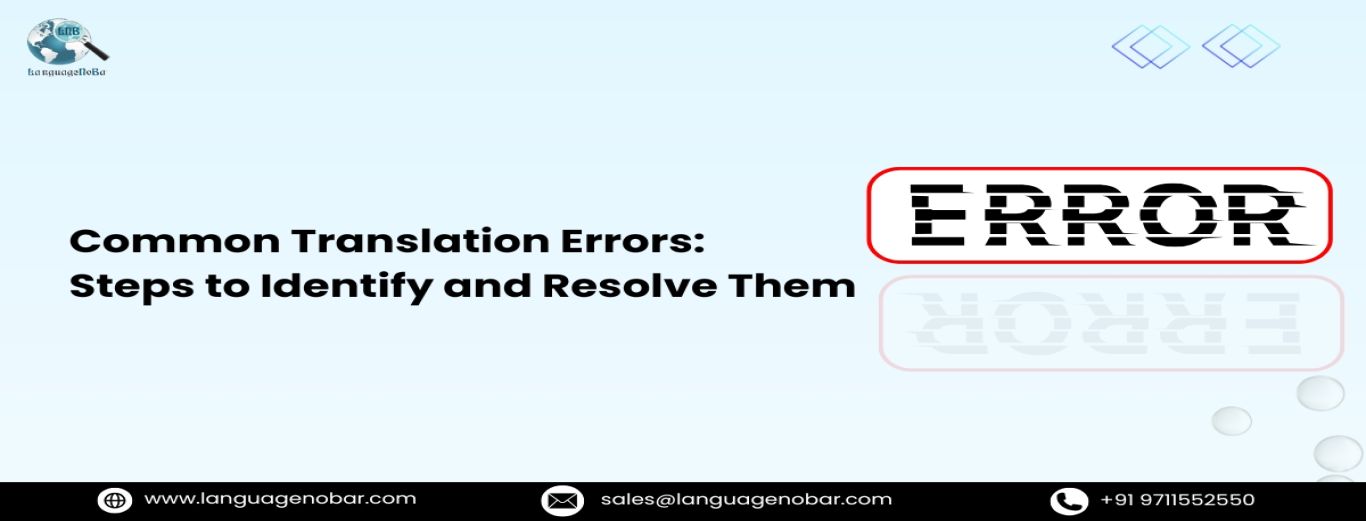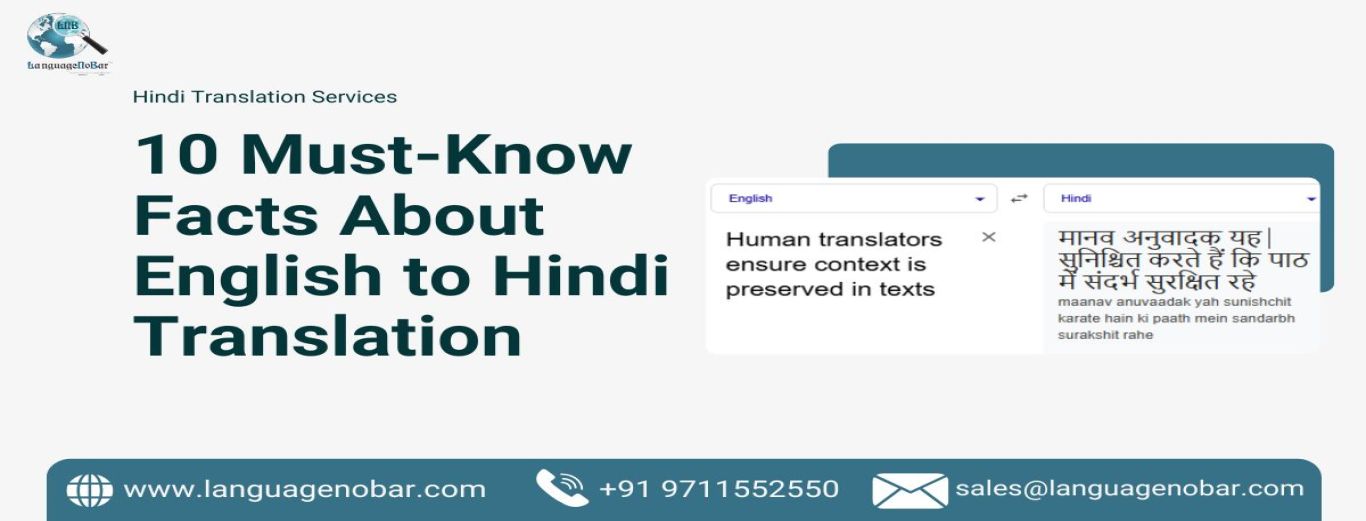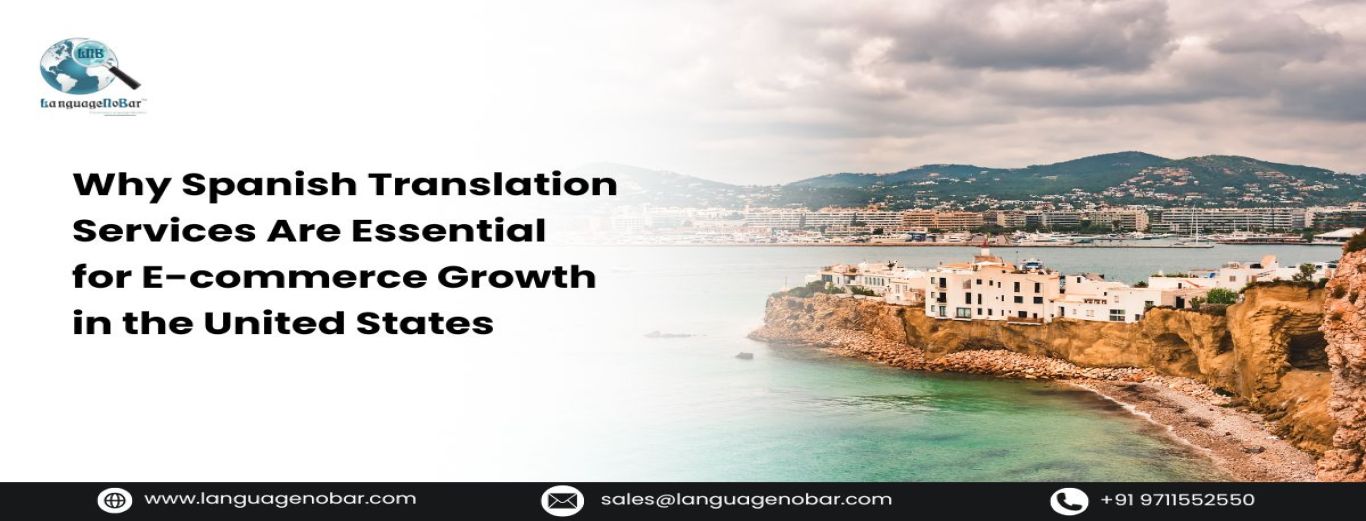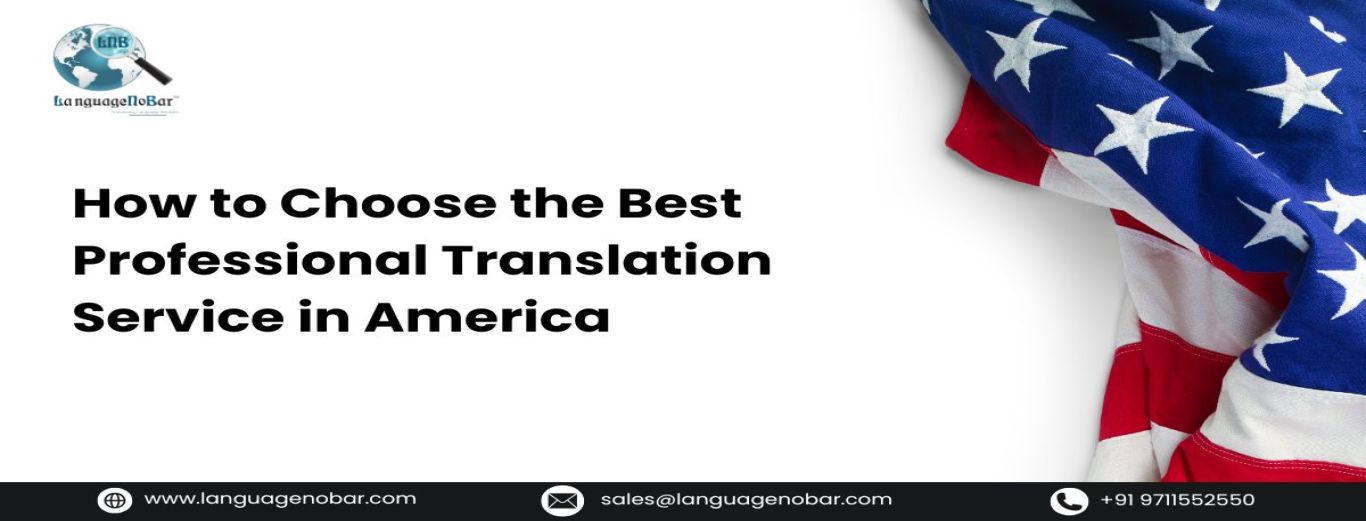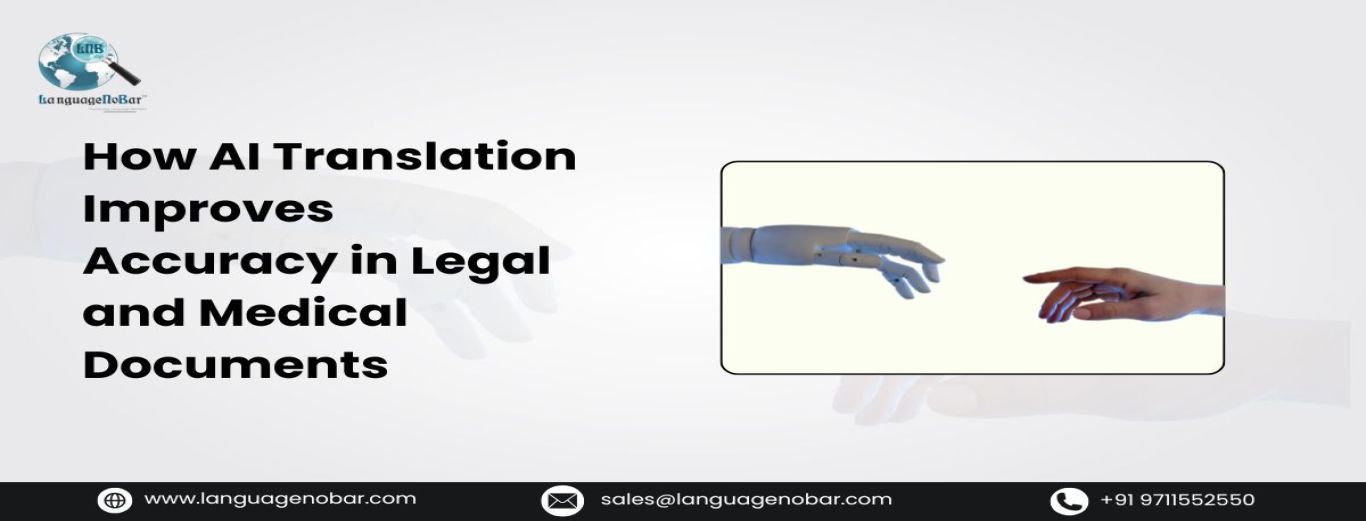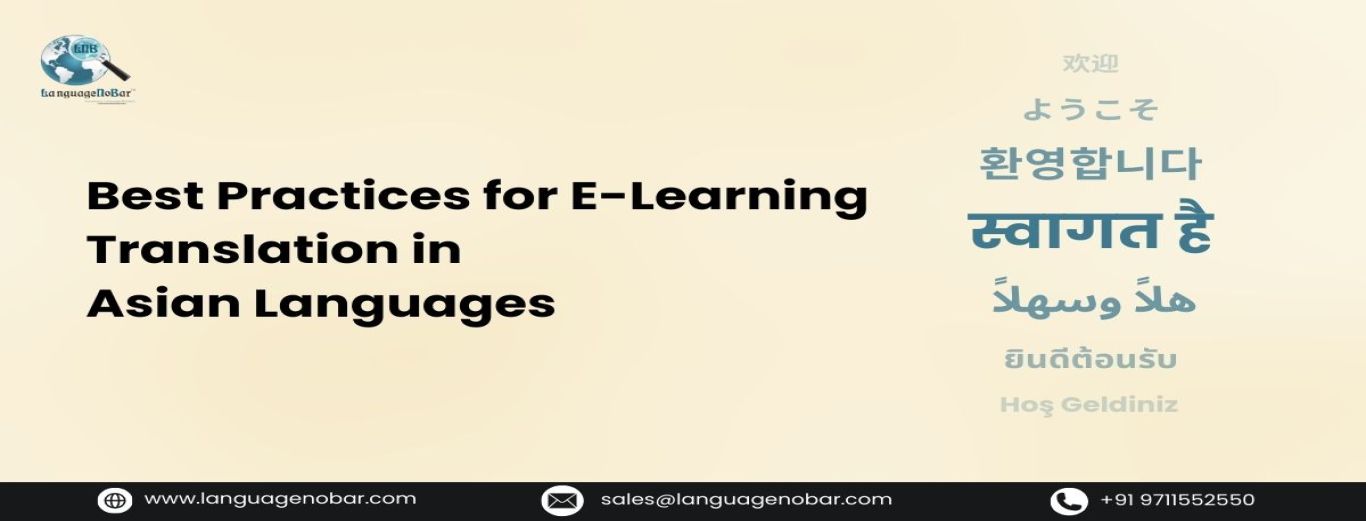Common Translation Errors: Steps to Identify and Resolve Them
- Blog
- Comments (0)
A B2B product’s user-friendliness is not solely dependent on its design. The language, consistency in branding, and localization of the features are also essential in scaling a product across borders. A translation error is quite common, but it will completely throw your client off. In an intense impatient world, it can be quite costly. Choosing your website translation services with care is imperative to identify and rectify these issues.
Some consequences of mistranslation or translation errors are:
-
People taking offence
-
Low user retention
-
Weak UI and user experience
-
Limited scalability due to sub-par multilingual experience
-
Legal and financial battles
-
Higher churn rate or low adoption rate
There are a few errors that are universal and ones you wouldn’t want to miss. They are:
Common Issues in Translation
Industrial Jargon
Every industry has jargon or the way they pronounce a word (eg: SKU being called ‘skew’) eventually solidifies as jargon. Sell-through, often used in retail cannot be directly translated to Spanish literally because after translation it becomes just “selling something through”. The correct word would be “tasa de venta”. When using professional translation services where niche expertise is low, the translator may not be aware of these errors.
Inconsistency
The content’s tone fluctuating from professional to casual and back to professional does not sound good. The content should have clarity, coherence, and authority. The brand voice must be consistent across the translations as well. The tone used in the source language should effectively be reflected in translations as well. Sarcasm is often deemed quite hard to translate as literal meaning is usually the opposite of what is intended.
Cultural Relevance
Often idioms or phrases, especially used in manuals or blogs might not be relevant in the specific country’s context. For example, for a sales automation tool if you say it helps with “finding the leads without boiling the ocean”, it might not make any sense if you translate it word-by-word into Japanese. This needs to be translated to “find leads without unnecessary hassle”.
Machine errors
Cutting corners and using fast translation models can be tempting. Tech giants, in particular, have advanced AI models to assist with translation. However, their ability to localize is limited. There is also the risk of language being too mechanical leading to a lack of consistency and coherence. Especially if your product is going to face workers who might do routine low-skill jobs, like warehouse management software, you will need to get the specifics right.
Source text errors
Often, product documentation and UI writing have multiple incongruencies. This is because the style of technical writing in product documentation clashes with the creative and communicative language for UI. An efficient translator will refer to both documents to get any tricky phrases or terms right before jumping in. Medical translation services often rely on handwritten notes which might contain such errors. This can prove fatal to the end user.
How to fix translation errors?
Professional translation services keep in mind different types of translation errors like spelling, syntax, punctuation, addition, omission, etc., However, quality can only be improved when the errors mentioned before are also avoided.
Re-check machine translations
While machines are useful for quick-fix, long-term plans should involve editing them again with local experts to avoid anything culturally sensitive or worse, illegal. Use an efficient and experienced translation service to ensure clarity and correctness. Services like LanguageNoBar help in tackling these issues and cross any language barriers for business.
Add more context
Avoid word-to-word literal translation. It is okay if the content looks larger than the source. At the end of the day, it should make sense. Here the product team can assist the translator actively to reduce any contextual or industry-specific issues. Understanding context will help in reducing any culturally sensitive errors. Issues while translating compound words can reduce with more context.
Common glossaries
Creating a company-level glossary is highly helpful in translation. It can be dynamic and expanded as the product evolves. It should be easy to access. The company should be mindful to keep explanations simple and succinct so that even external vendors understand easily. Website translation services usually keep an in-house glossary specific to the industries they cater to. Systems like Translation Memory are used actively to reduce errors and improve quality.
Simplify and proofread
Break down complex sentences into simpler lines. Quite often, long and winding English lines translate to even longer sentences in another language. This is prominent in texts that are heavy with technical terms. Professional translation services should translate texts in simple/layman's language for the initial round. Add relevant phrases or annotations after understanding the cultural fit of the same.
Updates and reviews
Especially in B2B markets, the features get updated quite often as per clients’ requests. Translations need to keep up with it. A bi-weekly or monthly content review would be useful. The translation team can be kept in the loop every time a sprint or an update is released. The glossaries used by the technical team need to be updated as per each new update.
Using Quality assurance tools
Use specific tools or a set of processes for assuring peak quality for translated content. Perform back-translation to see if the consistency is maintained. Use grammar and automation tools to refine finer details. Numbers, points, technical terms, style, and consistency are re-checked using software systems. Multiple revisions can also improve the quality of content.
LanguageNoBar is a pioneer in professional translation services and works across sectors like e-commerce, pharma, government, banking, manufacturing, healthcare, retail, and market research to help companies scale to new territories. We have designated tools to ensure no chances of any careless mistakes. Our translators with industry knowledge understand the depth of your requirements. With a quick turnaround time, we ensure your translations are not just error-free but maintain the highest standards.

